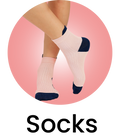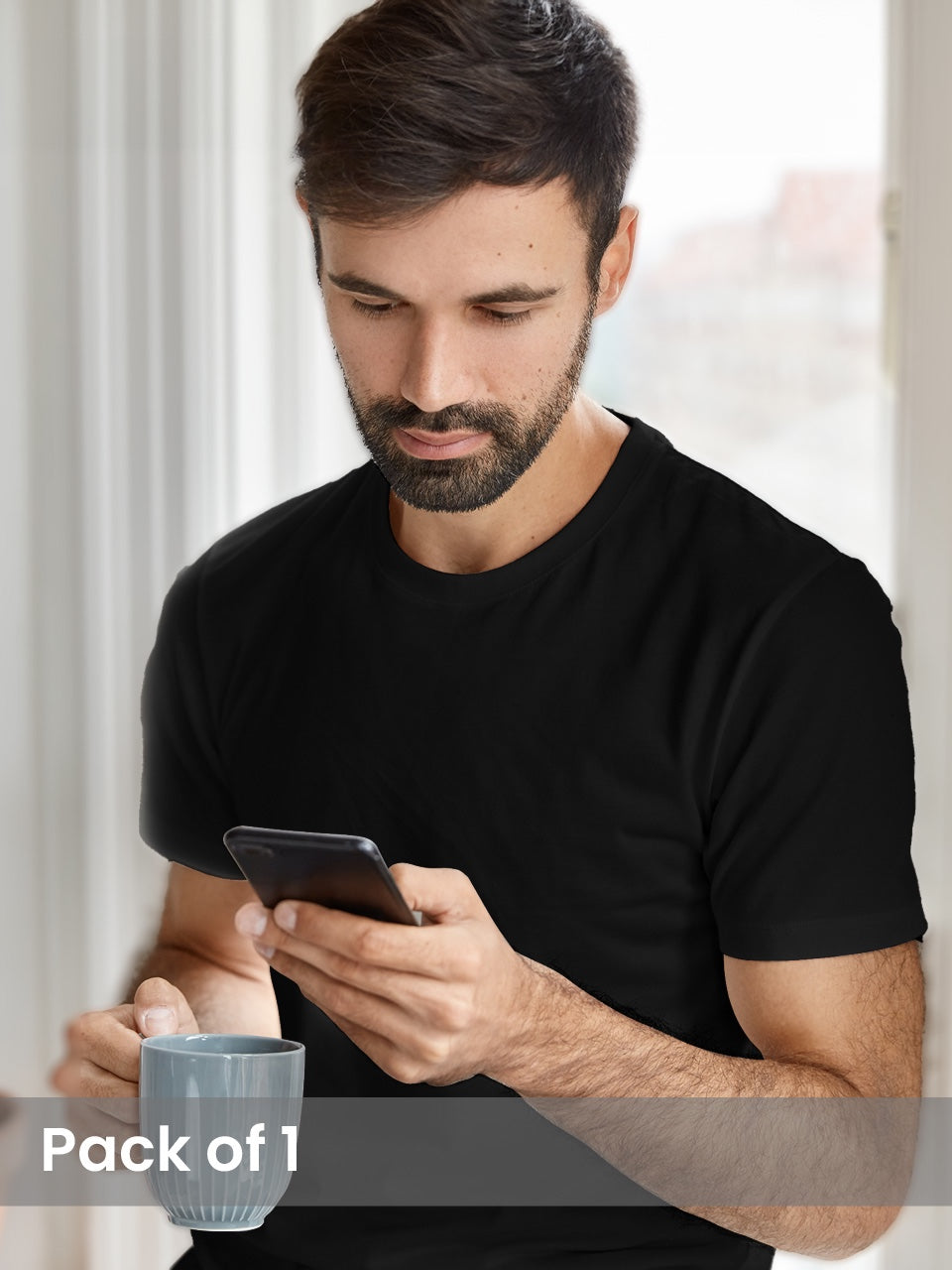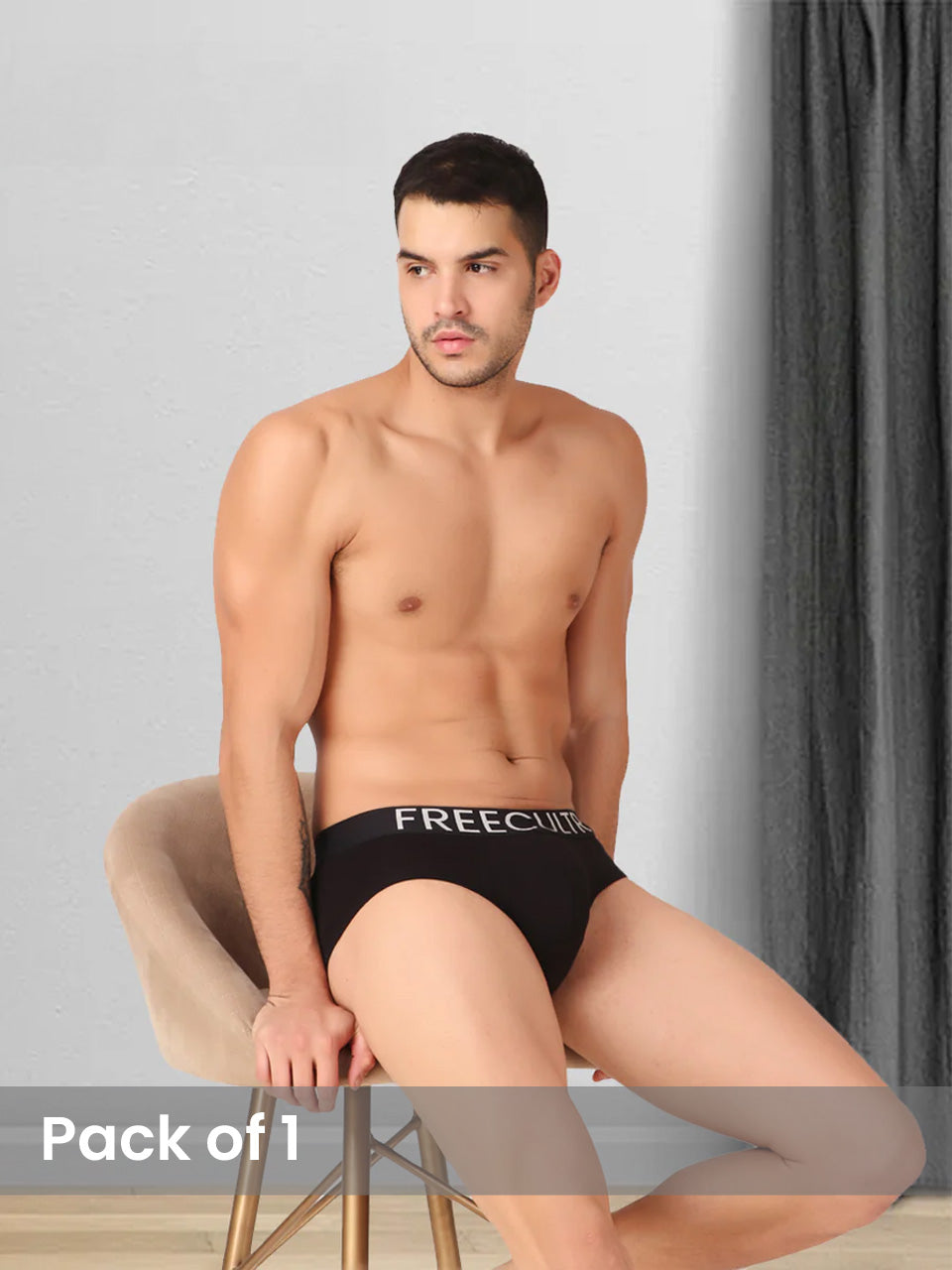From protecting your face during a dusty music festival, a la Coachella's iconic looks, to adding a pop of color to your everyday outfit, the bandana’s versatility explains its enduring appeal. More than just a square of fabric, bandanas have evolved beyond their practical origins, seen now gracing runways as statement headscarves and even repurposed into stylish tops, mirroring the upcycling trend championed by Gen Z. But how did this simple accessory become such a cultural chameleon, adapting to everything from biker gangs to high fashion? Understanding the bandana's construction, materials. Folding techniques unlocks the secrets to its endless possibilities and helps you integrate this timeless piece into your modern wardrobe.

The Humble History of the Bandana
The bandana, a simple square of fabric, boasts a history far more intricate than its unassuming appearance suggests. Its origins can be traced back centuries to various cultures around the globe. The word "bandana" itself is believed to be derived from the Sanskrit word "badhnati," meaning "to bind" or "to tie."
Early bandanas were often made of cotton and dyed using natural pigments. Indigo, a natural blue dye, was particularly popular. These early cloths served primarily practical purposes. Farmers, laborers. Sailors used them to protect themselves from the sun, dust. Sweat. They were also used for hygiene, serving as makeshift towels or face coverings.
Throughout history, the bandana has been associated with different groups and movements. In the American West, cowboys adopted the bandana as an essential piece of gear, using it to shield their faces from dust storms and identify themselves to fellow ranchers. During the French Revolution, bandanas were used as political symbols, with different colors representing different factions. Bandanas also played a significant role in the American labor movement, with red bandanas becoming associated with socialist and communist causes.
In the 20th century, the bandana's popularity continued to evolve. It became a fashion statement, embraced by everyone from Hollywood stars to everyday individuals. Different colors and patterns became associated with different subcultures, such as the biker community and various musical genres. Today, the bandana remains a versatile and enduring accessory, reflecting its rich and varied history.
Bandana Basics: Size, Material. Common Patterns
Understanding the core elements of a bandana – its size, material. Common patterns – is key to appreciating its versatility. Let’s break down each aspect:
Size:
The most common size for a bandana is approximately 22 x 22 inches (56 x 56 cm). This size allows for easy folding and tying in various ways. But, bandanas can range in size from smaller pocket squares to larger scarves. The size you choose will depend on its intended use.
Material:
The most common material for bandanas is cotton. Cotton is affordable, durable. Easy to care for. It's also breathable, making it comfortable to wear in various climates. Other materials, such as silk, linen. Polyester, are also used, offering different textures, drape. Durability. Silk bandanas, for example, are often favored for their luxurious feel and elegant appearance.
Common Patterns:
While solid colors are available, the most iconic bandana pattern is the paisley print. This intricate, teardrop-shaped design originated in Persia (now Iran) and became popular in Europe in the 18th century. Other common bandana patterns include:
- Polka Dots: A classic and playful pattern.
- Stripes: Simple and versatile, stripes can be vertical, horizontal, or diagonal.
- Geometric Prints: Featuring shapes like squares, triangles. Diamonds.
- Novelty Prints: Depicting images like skulls, flags, or logos.
The choice of pattern often reflects personal style or affiliation with a particular group or subculture.
The Myriad Uses of a Bandana: From Practical to Fashionable
The bandana's enduring appeal lies in its incredible versatility. It can be used for a wide range of purposes, from practical applications to fashionable statements.
Practical Applications:
- Headwear: Protecting the head from sun, wind, or dust. A bandana can be tied in various styles, such as a headscarf, headband, or pirate-style wrap.
- Face Covering: Shielding the face from dust, pollen, or cold. Bandanas can be used as makeshift masks or neck gaiters.
- Sweatband: Absorbing sweat during physical activity. Bandanas can be tied around the forehead or wrist to keep sweat out of the eyes and off the hands.
- First Aid: A bandana can be used as a makeshift bandage, sling, or tourniquet in emergency situations.
- Cleaning Cloth: Wiping surfaces or cleaning hands.
- Signal Flag: Used to signal for help in survival situations.
Fashionable Applications:
- Neckwear: Adding a pop of color or pattern to an outfit. Bandanas can be tied around the neck in various styles, such as a classic knot or a more elaborate scarf.
- Hair Accessory: Tying back hair or adding a decorative touch. Bandanas can be used as headbands, hair ties, or woven into braids.
- Pocket Square: Adding a touch of style to a suit or jacket.
- Bag Accessory: Tying around the handle of a purse or backpack.
- Wrist Accessory: Adding a touch of edge to an outfit.
- Belt Loop Accessory: Draping from a belt loop for a casual look.
The possibilities are endless. The bandana's adaptability makes it a valuable accessory for people of all ages and lifestyles.
Styling a Bandana: Tips and Tricks for Every Look
Mastering the art of styling a bandana involves understanding different folding and tying techniques to achieve various looks. Here are some tips and tricks to help you get started:
Folding Techniques:
- The Triangle Fold: Fold the bandana in half diagonally to create a triangle. This is a versatile fold that can be used for headbands, neck scarves. Face coverings.
- The Rectangle Fold: Fold the bandana in half, then fold it in half again to create a rectangle. This fold is ideal for headbands, wristbands. Bag accessories.
- The Bias Fold: Fold the bandana diagonally, then fold both ends towards the center. This creates a narrow strip that can be used as a hair tie or neck scarf.
- The Diamond Fold: Lay the bandana flat and fold all four corners towards the center. This creates a smaller square that can be used as a pocket square.
Tying Techniques:
- The Classic Knot: Tie the ends of the bandana together in a simple knot. This is a classic and versatile tie that can be used for neck scarves, headbands. Wristbands.
- The Square Knot: Tie the ends of the bandana together in a square knot (right over left, then left over right). This creates a more secure knot that is less likely to come undone.
- The Bow: Tie the ends of the bandana together in a bow. This is a feminine and stylish tie that is perfect for hair accessories and bag accessories.
- The Slip Knot: Create a loop with one end of the bandana and pass the other end through the loop. This creates an adjustable tie that can be used for neck scarves and headbands.
Styling Tips:
- Consider the Occasion: Choose a bandana style that is appropriate for the occasion. A silk bandana tied in a bow might be perfect for a formal event, while a cotton bandana tied in a triangle might be more suitable for a casual outing.
- Coordinate with Your Outfit: Choose a bandana color and pattern that complements your outfit. A brightly colored bandana can add a pop of color to a neutral outfit, while a patterned bandana can add visual interest to a simple outfit.
- Experiment with Different Styles: Don't be afraid to experiment with different folding and tying techniques to find the styles that you like best.
- Accessorize: Add other accessories, such as jewelry or hats, to complete your look.
With a little practice, you can master the art of styling a bandana and create a variety of unique and fashionable looks.
Bandanas in Pop Culture: A Symbol of Rebellion and Fashion
The bandana has woven itself into the fabric of pop culture, often serving as a symbol of rebellion, individuality, and, of course, fashion & comfort. From the silver screen to the music stage, the bandana has adorned iconic figures and helped define entire eras.
Film and Television:
Think of Rosie the Riveter, the iconic symbol of American women working in factories during World War II. Her red and white polka-dot bandana became synonymous with female empowerment and resilience. In classic Westerns, cowboys like John Wayne sported bandanas to protect themselves from the harsh elements, solidifying the bandana's association with rugged individualism. More recently, television shows like "Peaky Blinders" have showcased the bandana as part of a distinctive and rebellious style.
Music:
Musicians have long embraced the bandana as a fashion statement and a symbol of their artistic identity. Rock stars like Bruce Springsteen and Axl Rose frequently incorporated bandanas into their stage attire, projecting an image of raw energy and rebellious spirit. Rappers like Tupac Shakur popularized the bandana as a symbol of street culture and hip-hop style. Country singers often use bandanas to add a touch of Western flair to their looks. The bandana's versatility allows it to resonate with diverse musical genres and subcultures.
Fashion Trends:
The bandana's influence extends beyond individual figures and movements. It has consistently reappeared in fashion trends throughout the decades. From the 1950s greaser look to the 1980s punk scene, the bandana has been adapted and reinterpreted to reflect the prevailing aesthetic. Today, the bandana remains a popular accessory, gracing runways and street style blogs alike. Its affordability and adaptability make it a timeless and accessible fashion item.
Caring for Your Bandana: Washing, Ironing. Storage Tips
To ensure your bandana remains a cherished accessory for years to come, proper care is essential. Here's a guide to washing, ironing. Storing your bandanas:
Washing:
- Read the Label: Always check the care label for specific washing instructions. Different materials may require different cleaning methods.
- Hand Washing: For delicate materials like silk or vintage bandanas, hand washing is recommended. Use cool water and a mild detergent. Gently swirl the bandana in the water, rinse thoroughly. Pat dry with a clean towel.
- Machine Washing: Cotton and other durable materials can be machine washed. Use a gentle cycle and cold water. Avoid using bleach, as it can fade the color and damage the fabric.
- Color Separation: Wash dark-colored bandanas separately to prevent color bleeding.
Ironing:
- Ironing Temperature: Adjust the iron's temperature to suit the fabric of your bandana. Use a low setting for delicate materials like silk and a medium setting for cotton.
- Ironing Technique: Iron the bandana while it is slightly damp. This will help to remove wrinkles more easily. Use a pressing cloth to protect the fabric from direct heat.
- Steam Iron: A steam iron can help to remove stubborn wrinkles.
Storage:
- Folding: Fold your bandanas neatly and store them in a drawer or closet.
- Hanging: Hang your bandanas on hangers or hooks to prevent wrinkles.
- Avoid Direct Sunlight: Store your bandanas away from direct sunlight to prevent fading.
- Protective Bags: For delicate materials like silk, store your bandanas in protective bags to prevent snags and tears.
By following these care tips, you can keep your bandanas looking their best and ensure their longevity.
Bandana DIY Projects: Unleash Your Creativity
The humble bandana isn't just a pre-made accessory; it's also a fantastic canvas for DIY projects. Its affordability and versatility make it perfect for unleashing your creativity. Here are a few ideas to get you started:
Bandana Quilts:
Combine your favorite bandanas to create a unique and colorful quilt. Cut the bandanas into squares or other shapes and sew them together. Add batting and backing fabric to create a cozy and personalized quilt.
Bandana Bags:
Transform a bandana into a stylish tote bag or drawstring pouch. There are numerous tutorials online that guide you through the process of sewing a bandana bag.
Bandana Clothing:
Get adventurous and create clothing items from bandanas. Sew bandanas together to make skirts, tops, or dresses. Use bandanas as accents on existing clothing items, such as pockets or collars.
Bandana Accessories:
Create unique accessories like headbands, bracelets, or even dog collars from bandanas. Experiment with different folding and tying techniques to create a variety of styles.
Bandana Wall Art:
Frame your favorite bandanas and create eye-catching wall art. Arrange multiple bandanas in a collage or create a patterned design. This is a simple and affordable way to add a personal touch to your home décor.
These are just a few examples of the many DIY projects you can create with bandanas. With a little imagination and some basic sewing skills, you can transform these humble squares of fabric into something truly special.
Conclusion
So, are you ready to unleash the bandana's potential? It’s more than just fabric; it’s a statement piece, a practical tool. A reflection of your unique style. Consider this: I recently used a bandana as an impromptu hair tie during a hike. It saved the day! Think beyond the typical headwear; tie it to your bag for a pop of color, or use it as a stylish alternative to a bracelet. Current trends show bandanas being incorporated into high-fashion looks, proving their enduring appeal. Don't be afraid to experiment with different folds, knots. Patterns to find what resonates with you. Now, go ahead, grab a bandana. Transform your look and your day! It's time to add a touch of effortless cool to your world. Reference LinkMore Articles
Bandana for Men – Versatile Style & Sun ProtectionTees – Soft Cotton & Durable Print
Tank Top – Lightweight & Moisture-Wicking Fabric
Women's Tank Top – Breathable Fabric & All-Day Comfort
FAQs
Okay, so bandanas are back... Or are they always 'in'? What's the deal?
They've definitely had their moments! Bandanas are one of those accessories that cycle in and out of major trends. Honestly, they're always useful. Right now, we're seeing them used in super creative ways for both fashion and function, so hop on the bandwagon (bandana-wagon?) .
What are some actually good ways to wear a bandana? I don't want to look like I'm stuck in the 80s (unless that's the point, I guess...) .
Haha, fair point! Think beyond the classic forehead tie. Try it as a neck scarf, tied to your purse strap, as a wrist accessory, or even woven into a braid. For a modern twist, look up how to style it as a cute halter top or a hair wrap.
Are bandanas just cotton squares? Are there different types?
While cotton is the most common, you can find bandanas in silk, polyester. Blends. Cotton is great for everyday wear and absorbing sweat, while silk offers a more luxurious feel. Polyester might be better for activities where you need something quick-drying.
Can I use a bandana as a face covering? Is that, like, a good idea?
In a pinch, yes, a bandana can offer some basic face covering. But, they are not a substitute for proper medical-grade masks. If you’re concerned about filtration, layering it or using a bandana with a filter insert is a better option. Always check local guidelines and prioritize proper protection!
How do I keep my bandana from looking all wrinkled and sad?
Ironing is your friend! For cotton bandanas, a medium setting works wonders. If it's silk, use a low setting or even better, steam it. Folding it neatly after washing and storing it flat will also help prevent wrinkles.
Beyond just style, what are some genuinely practical uses for a bandana?
Oh, there are tons! Think of it as a mini survival tool. You can use it as a sweatband, a dust mask (for quick, non-medical use), a makeshift bandage, a pot holder (when folded several times), or even a signal flag. It's surprisingly versatile.
Okay, last question: Where can I find cute and unique bandanas?
Everywhere! Seriously, department stores, craft stores, online marketplaces like Etsy... Even thrift stores are goldmines for vintage finds. Look for interesting patterns, colors. Materials that reflect your personal style.





